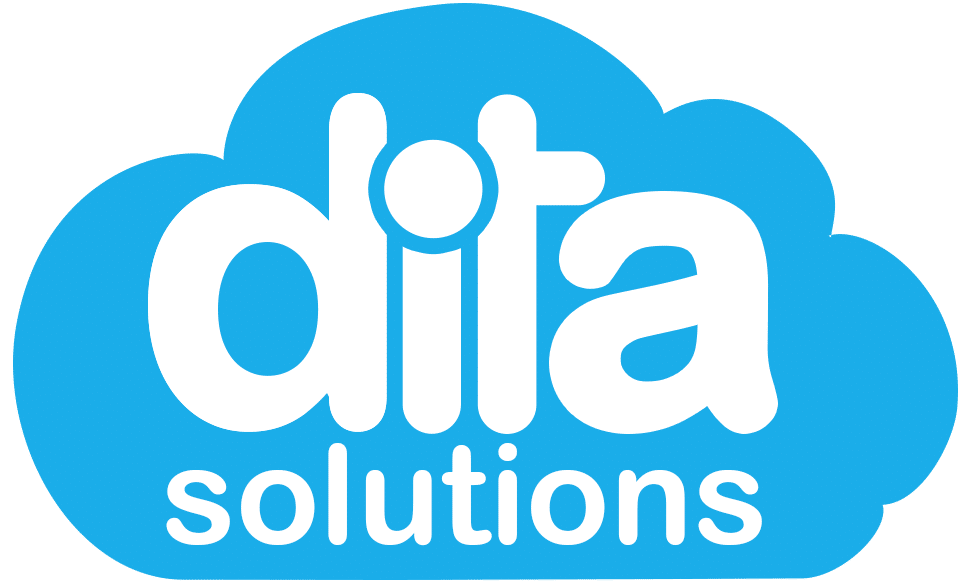
The WHS Act aims to protect the health, safety and welfare of workers and other persons in workplaces against harm because of hazards and risks arising from work. Therefore, understanding your business responsibilities and implementing a Workplace Health and Safety policy for your business is important. In addition, it is an essential and legal obligation when running your business.
We will aim to provide you with an understanding of the fundamentals of the Workplace Health and Safety Act 2011. In addition we provide you with a downloadable template for you to produce your own WHS Policy for your business.
WHS Regulations and Codes
The Work Health and Safety Regulation 2011 (WHS Regulation) details how to prevent or minimise a risk at your workplace. Therefore, you must follow the regulation.
Sometimes, a risk at your workplace is not covered by the regulation or code of practice, however, an appropriate way to manage exposure to the risk must be chosen.

WHS code of practice provides practical guidance for people who have Workplace Health and Safety duties. A code of practice applies to anyone who has a duty of care in the conditions described in the code. These codes give direction on factors, such as:
- How to achieve the standards required under the Act
- Effective ways to identify and manage risks.

Additional WHS Act Information:
- Workplace Health and Safety Act 2011: https://www.legislation.gov.au/Details/C2018C00293.
- Each States’ Workplace Health and Safety Information: https://www.legislation.gov.au/Details/C2018C00293
Employee Induction
Each employee should be provided with the following information as part of their induction.
- The location of online and hard copy WHS policies and procedures
- What it means to take reasonable care of yourself
- Who your Health and Safety Representative is and how you can contact them
- How to report hazards and incidents
- How to contribute to improving health and safety within your organisation
Worker Responsibility
Every worker has a duty to take reasonable care for their own health and safety while at work and must ensure their acts or omissions do not adversely affect the health and safety of other persons. Their duty of care is what is the expectation, along with the degree of control over their work activities and work environment.
Under Part 2 of the Act, as well as the duty to take reasonable care, workers must comply with any reasonable instruction that allows your business to comply with the WHS laws. For example, workers must cooperate with any reasonable policy or procedure which relates to health and safety that they have been trained. When at work workers should:
- Take reasonable care of their health and safety
- Take reasonable care that their conduct does not adversely affect others
- Comply with instructions as far as they are reasonably able
- Follow policies or procedures
- Take reasonable care as workers and as a visitor at other workplaces.
Consultation
One of the objectives of the WHS Act is to foster a cooperative, consultative relationship between the person conducting a business or undertaking (PCBU) and workers on health, safety, and welfare at work. The PCBU must ensure consultation occurs when someone is or could be, affected by matters relating to work health or safety. Everyone has the responsibility to participate in this consultation and comply with policies or procedures put in place for your business’s health and safety.
Employer’s Role in WHS Consultation:
- Share information with their workers about health and safety matters
- Give workers a reasonable opportunity to ask questions and have their say on WHS
- Take worker’s views into account
- Tell the worker about the outcome of the consultation in a timely way
- Health and Safety Representatives (HSRs) must be involved in any consultations whether a worker is consulted directly or not.
Employee’s Role in WHS Consultation:
- Submit their ideas and thoughts
- Become actively involved
- Participate in activities and programs
- Keep up to date with any changes
- Talk to their HSRs and worker representatives about issues and ideas for health and safety in their workplace
The WHS Act is based on the principle that workers and other persons should be given the highest level of protection against harm to their health, safety and welfare from hazards and risks arising from work as is reasonably practicable.
Ensuring your business is compliant with these laws and having your workers understand their rights and responsibilities for workplace health and safety is crucial.
To see how dita Solutions can work with your business to help monitor your staff inductions and Workplace Health & Safety compliance, contact us here.


